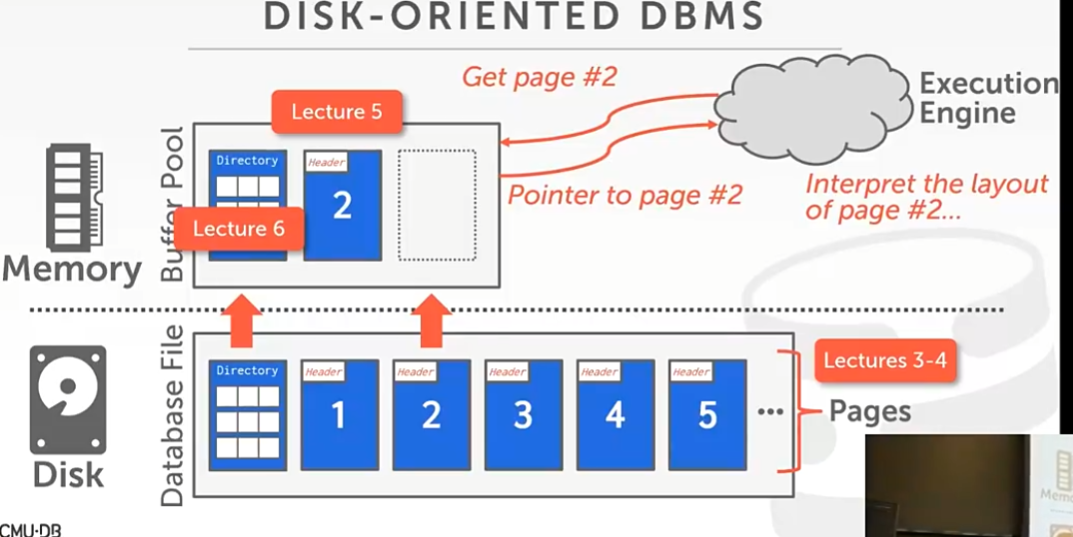|
Introduction: Grid computing has emerged as a revolutionary technology that enables collaborative and high-performance computing across distributed networks. This advanced computing paradigm allows organizations to share computing resources, data, and services seamlessly, leading to improved efficiency, scalability, and cost-effectiveness. In this article, we will delve into the concept of grid computing, its benefits, and its impact on various industries. Understanding Grid Computing: Grid computing is a distributed computing model that harnesses the power of multiple computers connected in a network to solve complex problems. Unlike traditional computing models that rely on a single machine, grid computing leverages the collective processing capabilities of interconnected computers, creating a virtual supercomputer. These interconnected machines, called "nodes," are geographically dispersed but operate as a unified system, sharing computational tasks and resources. Benefits of Grid Computing: a. Enhanced Performance: Grid computing enables parallel processing, allowing multiple tasks to be executed simultaneously across multiple nodes. This parallelization leads to faster computation and significantly improves performance compared to traditional computing systems. b. Increased Scalability: Grid computing facilitates seamless scalability by adding or removing nodes as per the computing requirements. Organizations can dynamically expand their computing capabilities without investing heavily in new hardware infrastructure. c. Cost-Effectiveness: By leveraging existing computing resources, grid computing eliminates the need for expensive standalone servers or supercomputers. It optimizes resource utilization and reduces operational costs, making it an economical choice for organizations of all sizes. d. Collaboration and Resource Sharing: Grid computing promotes collaboration by enabling organizations to share computational resources, software applications, and datasets securely. It facilitates cross-organizational collaborations, fostering innovation and knowledge exchange. Applications of Grid Computing: a. Scientific Research: Grid computing has revolutionized scientific research by enabling computationally intensive tasks such as genome sequencing, climate modeling, and drug discovery. Researchers can access vast computing resources and datasets from multiple institutions, accelerating the pace of discovery. b. Financial Services: Grid computing finds applications in the financial sector for risk analysis, portfolio optimization, and high-frequency trading. It enables real-time processing of complex financial data, leading to faster decision-making and improved market competitiveness. c. Healthcare: Grid computing plays a vital role in healthcare by facilitating remote patient monitoring, medical imaging analysis, and drug development. It allows healthcare providers to access and analyze large volumes of patient data, leading to personalized treatments and improved patient outcomes. d. Entertainment and Media: Grid computing supports rendering and simulation tasks in the entertainment industry, enabling the creation of sophisticated visual effects and animations. It reduces rendering time and enhances the quality of digital content. Conclusion: Grid computing has revolutionized the way organizations approach computational challenges by providing collaborative and high-performance computing capabilities. Its ability to harness distributed resources and facilitate seamless collaboration makes it an indispensable technology across various industries. As grid computing continues to advance, we can expect further advancements in scientific research, financial services, healthcare, and entertainment, ushering in a new era of innovation and discovery.  |
